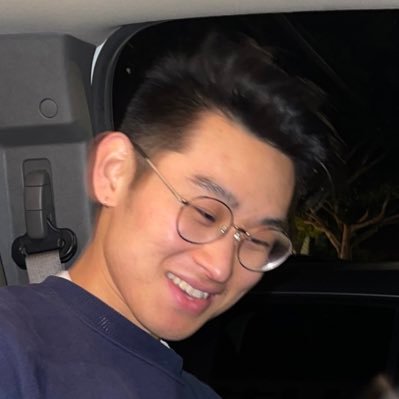

CEO at FLORA
Weber Wong
Before starting FLORA to solve my own problems as a creative, I was a graduate student at NYU ITP, a master's program where we use technology to make art. I found out about NYU ITP because I used to be an investor at Menlo Ventures and we looked at investing in RunwayML, which was founded out of NYU ITP. Prior to my time in venture, I was an investment banker at Evercore.
Questions & Answers
What sets you apart from others in your industry?
Whereas other AI creative tools may automate creative tasks (generating an image), FLORA is the only tool that can automate your entire creative workflow (generating an entire creative campaign). We are building Cursor for creatives: a new type of agentic creative tool that makes it easy for anyone to wield the power of an entire creative organization.
How is your team uniquely positioned to solve the problem you're tackling?
We're a team of 6 creative technologists that have collectively used more creative tools than any other startup team in the world. At NYU ITP (the art & tech graduate program we were founded out of), by the time a student graduates they will have tried dozens of creative tools and learned how to do creative coding, which is basically creating a bespoke creative tool for a single artwork.. Collectively, we have probably used 30+ major creative tools and made hundreds of our own creative coding artworks. We are world-class in our understanding of creative tools and how to build them, and we are obsessed with building great creative tools because we have spent thousands of hours suffering from using suboptimal creative tools.
What's the story behind your company?
I founded FLORA to solve my own problems as an artist. While creating AI art installations at NYU ITP (art & tech grad program RunwayML was founded out of) I realized that current AI creative tools are built by non-creatives for other non-creatives to feel creative. There were no AI creative tools that gave me the creative control I needed to make something compelling, and these tools were fragmented across dozens of tools. So I built my own tool, and people at my art school started using it. Then my VC brain kicked in (I used to work at Menlo Ventures) and I saw a generational opportunity to build an orchestration layer that stitched all these AI models together to automate the entire creative workflow, fundamentally changing the economics of creative work and becoming the generative system of record for creative teams (just like Figma is the system of record for design systems). And along the way, I could dedicate my life to building the creative tool I've always wanted for myself.